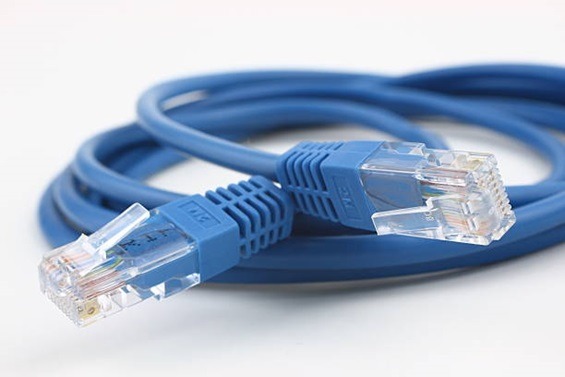The most popular applications for twisted pair wire are Ethernet networks and telephone transmission. It is made up of two copper wires that have been twisted together and are insulated. The twisting lessens interference and crosstalk. In many different applications, data signals are transmitted via twisted pair wires. Ethernet, which is used to link computers and other devices to the internet, is the most popular application.
Telephone lines, cable television, and other forms of data transfer can all employ twisted pair cable. Twisted pair cable is a term that most people are familiar with, but many are unaware of what it is or its purposes. Electrical cables, known as twisted pair cables, are employed in a wide range of applications. Consists include two insulated. Two insulated wires that have been twisted together form its structure. Any disturbance that could be brought on by external sources is reduced by the twisting. It is, therefore, the best option for a wide range of applications.
What Are Twisted Pair Cable’s Benefits and Drawbacks?
There are numerous types of cables available in the networking industry for connecting devices. Twisted pair cable is one of the most often used forms of cables. Two insulated wires are twisted together to form a twisted pair cable. Many Ethernet connections use this kind of cable. The use of this kind of cable has advantages and disadvantages. The most frequent kind of cable used in Ethernet networking is twisted pair cable. Two insulated copper wires that have been twisted together make up each one. Crosstalk and interference from other cables and devices are lessened thanks to the twisting. Depending on the application, twisted pair cables are available in a variety of diameters and quality levels.
Twisted pair cables have the advantage of being exceedingly flexible, which makes them simple to install in confined locations. Another advantage is that, in comparison to other kinds of cable, they are rather affordable.
The use of twisted pair cables, however, has significant disadvantages as well. They are prone to interference and crosstalk, which is a negative. They are less resilient than some other types of cable and are more prone to damage, which is another negative.
What Makes Twisted Pairs Less Noisy?
Due to the fact that they eliminate crosstalk between the two wires, twisted pairs are less loud. This is due to the unique manner the two wires are twisted around one another, which produces a cancelling effect. Twisted pairs are, therefore, frequently employed in data transmission situations where noise reduction is crucial. Computer networking and telecommunications are two examples of the various applications for twisted pair cabling. Twisted pairs are created by twisting two insulated wires around one another. The signal quality may be improved because the twisting helps to eliminate any potential electromagnetic interference (EMI).
Using twisted pairs has numerous advantages, one of which is that they are less prone to interference and noise. This is because the twisting helps to eliminate any potential electromagnetic interference (EMI). Additionally, compared to other types of cable, twisted pairs are less susceptible to crosstalk damage.

